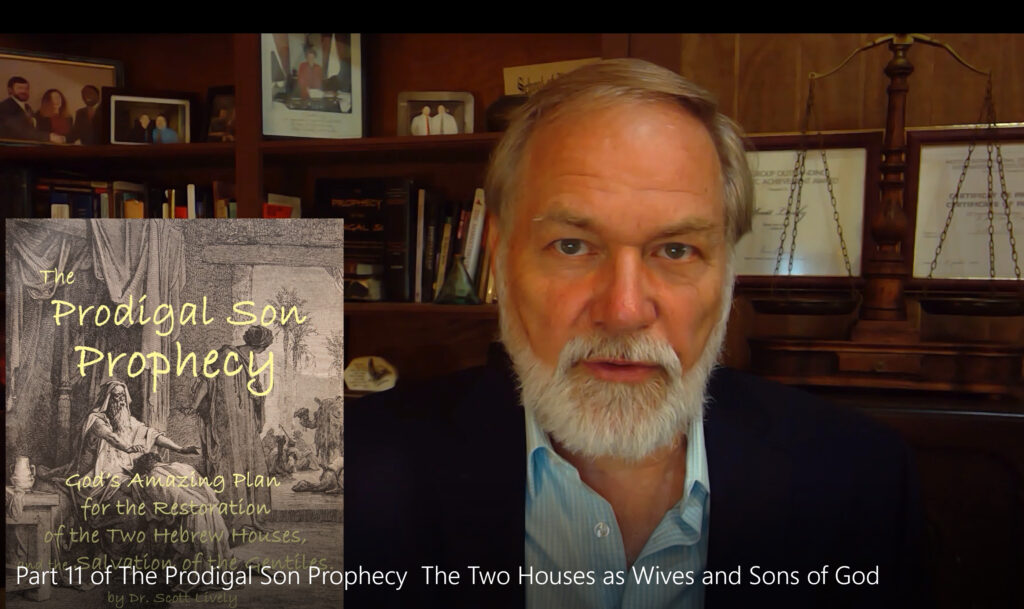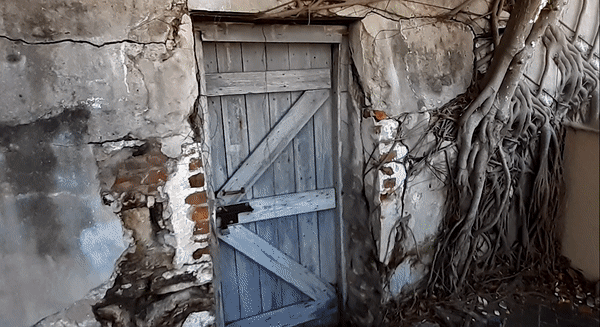
As every good Jew and Christian knows, God is perfect. But His human family created in His image? Not so much. And that has always been true. Take the case of Jacob, for example. He inherited the amazing seven-point civilization-renewing covenant God had made with his grandfather Abraham, and father Isaac, but due to his own bigamy, created two separate households with Leah and Rachel that in turn created innumerable complications for his 12 sons and their descendants. Like any modern man bearing children with multiple women (he also made “baby-mamas” out of Leah and Rachel’s handmaids) Jacob created a real mess and reaped both natural and legal consequences.
The biggest problem was passing down the covenant itself. God’s laws of inheritance meant that at least two of the promises of the covenant had to be split between two legal claimants, and that is how Leah’s household became the House of Judah and Rachel’s household became the House of Israel. Leah’s 4th son Judah received the “Scepter Promise,” humanity’s only true royal line of kings by divine right, culminating with Yashua (Jesus) the King of Kings per Genesis 49:10. Rachel’s firstborn, Joseph, received the ‘Birthright Promise” of a double portion of the inheritance, which is why there is no “Tribe of Joseph” among the 12, but instead two tribes, Ephraim and Manassah, holding Joseph’s two-twelvths of the Holy Land to his brothers’ one-twelvth each. For God’s own reasons, Ephraim would hold that title down through the ages per Jeremiah 31:9 “For I [God] am a father to Israel, And Ephraim is My firstborn.”
The story of the two houses has been largely forgotten by Christendom, but their histories, partnerships, rivalries, separation and still-future reunification are in fact the most dominant theme of Biblical prophecy and the essential back-story of Christianity, which can only be recognized by re-studying Scripture from the Hebrew cultural perspective of the Prophets and the Apostles. As I have shown in my book “The Prodigal Son Prophecy: God’s Amazing Plan for the Restoration of the Two Hebrew Houses and the Salvation of the Gentiles,” the House of Judah is Torah-faithful Judaism, and the House of Israel is Christianity, and they will eventually (probably soon) be reunited in the Holy Land at the start of the Millennial Kingdom.
Today I am releasing Part 11 of The Prodigal Son Prophecy in PDF and Video formats which anyone may read and/or view without charge, along with all prior installments, including charts, graphs and comprehensive Biblical proofs.
The Two Houses as “Wives” and “Sons” of God
God’s relationship with Judah and Israel is always described in familial terms in the Old Testament, with the two houses addressed alternately as wives and sons of God depending on the aspects of the relationship being emphasized in the passage. Importantly, the New Testament also addresses Christians alternately as sons and “Bride of Christ.”
Ezekiel Chapter 23 is entirely devoted to the portrayal of Judah and Israel as wives of God:
“The word of the LORD came again unto me, saying, Son of man, there were two women, the daughters of one mother: And they committed whoredoms in Egypt; they committed whoredoms in their youth: there were their breasts pressed, and there they bruised the teats of their virginity. And the names of them were Aholah the elder, and Aholibah her sister: and they were mine, and they bare sons and daughters. Thus were their names; Samaria [Israel] is Aholah, and Jerusalem [Judah] is Aholibah. And Aholah played the harlot when she was mine; and she doted on her lovers, on the Assyrians her neighbours….And when her sister Aholibah saw this, she was more corrupt in her inordinate love than she, and in her whoredoms more than her sister in her whoredoms….And the Babylonians came to her into the bed of love, and they defiled her with their whoredom, and she was polluted with them’…” (Ezekiel 23:1-17).
The House and Kingdom of Israel was conquered by the Assyrians in 722BC, the House and Kingdom of Judah was conquered by the Babylonians in 586BC.
…In the Book of Hosea (written in the generation preceding the Assyrian conquest of Israel) the two houses are also portrayed as wives, in part to emphasize the sexual nature of the idolatrous conduct that separates them from God. But even more importantly, the story of Hosea highlights the Hebrew marriage laws and customs as a framework for interpreting the prophecies related to the two houses. These interpretations would include the way in which marriage is addressed in Jeremiah 3:
“If a man put away his wife, and she go from him, and become another man’s, shall he return unto her again? shall not that land be greatly polluted? (Jeremiah 3:1). Why is this so critically important to prophecy? Because in Jeremiah 3:8 God explains “for all the adulteries of faithless Israel, I had sent her away and given her [but not Judah] a certificate of divorce.”
So how could God keep His promise to restore Israel to Himself “after many days” without breaking His own law? He, the Husband, died on a cross, and freed her to remarry. Thereafter ALL those who accept Christ’s free gift of salvation, including Gentiles, but most especially the “lost sheep of the House of Israel,” become the “Bride of Christ,” awaiting the still future “Wedding Feast of the Lamb” in which Israel is legally remarried to God.
Remember that theme, but change the relationship from wives to sons, and the hidden meaning of the Parable of the Prodigal Son is illuminated. Judah is the older son, Israel is the prodigal, the feast of the fatted calf is the “remarriage to God” ritual. Space limitations require me state that as a simplistic summary but it reflects a deeply profound truth with enormous Scriptural support – IF you examine it through the Hebraic lens. I hope you will open up your Bible and give this thesis an honest assessment, because it has been for me the most life-changing and prophecy-validating Biblical teaching I have ever encountered.
And it really helps to know that all the dysfunction our human family has shared has been for a glorious redemptive purpose we can know and prepare for, and that in this process, the Torah-faithful Jews are not our enemies but our soon-to-be reconciled brothers, united in worship of the same Messiah and King (Ezekiel 37:15-28).



